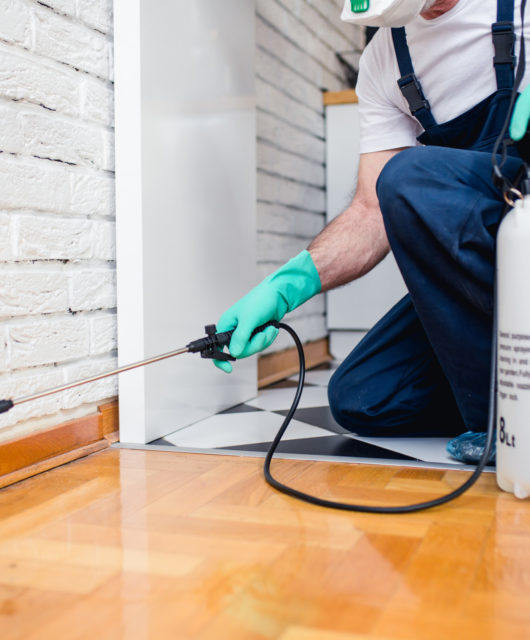Comparing Split And Ducted Air Conditioning
 In this article, we will talk about two of the most used air conditioning systems on the market: split and ducted air conditioning.
In this article, we will talk about two of the most used air conditioning systems on the market: split and ducted air conditioning.
What is each of them for? Which one should you choose based on the needs of your home or business?
We will tell you the tips that will help you better understand the differences between split air conditioning and ducted air conditioning, and make a decision.
Table of Contents
What air conditioning do I need?
Split air conditioning systems are very common for both domestic air conditioning and small commercial air conditioning installations. Larger businesses might benefit more from ducted air conditioning systems.
Functioning
When we refer to a split system, it means one with an indoor unit which also requires an outdoor unit that is installed on the facade/balcony/roof of the building and is used to expel the hot air from the inside of the building. A multisplit system will have more than one indoor unit. The system collects heat through a thermal circuit and expels it to the outside.
A ducted air conditioning installation works using an air conditioner, generally centralized, which is embedded in the false ceiling, and which also has an outdoor unit.
The cold air is distributed through hidden ducts also in the false ceiling that end in some strategically placed adjustable grilles where the airflow exits.
These systems also allow the building to be regulated by zones for the different needs of each area based on a thermostat – this is called a zone control system.
Applications
The most common applications for split air conditioning systems are domestic and small businesses, such as restaurants, bars, shops or small offices.
With each split unit, areas of up to 70 metres can be cooled, allowing one or more rooms to be cooled depending on the needs.
In contrast, the applications of ducted air conditioning systems are typically in larger businesses. Several zones can be cooled by using one or more central air conditioner units.
Maintenance
The maintenance of the split air conditioning system requires cleaning the filters of the indoor unit, cleaning under the filters, cleaning the tray and the tube that collects the water, applying bactericides if necessary and checking the operation of the thermostats.
For the outdoor unit, it is recommended to check the brackets, remove any obstructions and clean the dust from the grill.
For cleaning air conditioning ducts there are modern systems, which generally take advantage of the inlets or outlets of the air ducts (grilles, diffusers, etc.) to introduce mechanical robots with different cleaning systems, such as rotating brushes, suction and collection of residue, or cleaning by injection of air or water.
As with split systems, it is important to clean the system filters as well.
Installation
The installation of split air conditioners requires drilling the walls to connect the pipes of the outdoor unit with the indoor units and installing a drain for the evacuation of condensates.
On the other hand, the installation of a ducted air conditioning system requires a false ceiling that, if it does not exist, is necessary to create. This implies construction work, with all that this entails.
The ideal time to install a duct system is when you are acquiring a new-build home or business when it is being completely renovated. This type of installation is more expensive than split air conditioning.
Aesthetics
On an aesthetic level, duct systems are more pleasant and are more integrated into the building, since only the grilles at the end of the ducts are visible. Meanwhile, the split units are on display.
Final thoughts
Split air conditioning
The good
- Simple installation
- Individual control of split units
- Usually, only one outdoor unit is required
- If you want to install only one unit it is economical
- Simple maintenance
The bad
- Visual impact on rooms
Ducted air conditioning
The good
- Very aesthetic
- Recommended for many simultaneous spaces
The bad
- Higher noise level if you have more than one unit
- Several units require a big investment









